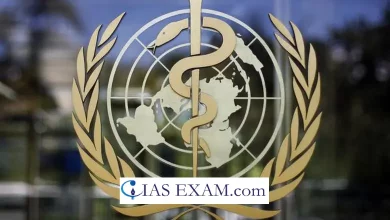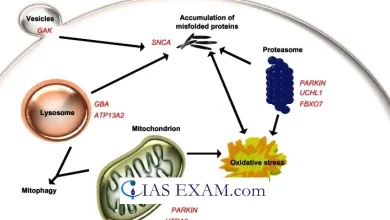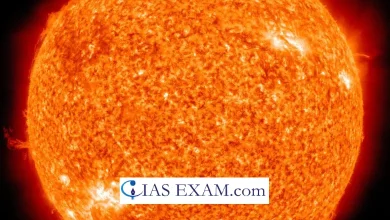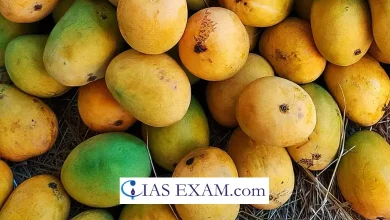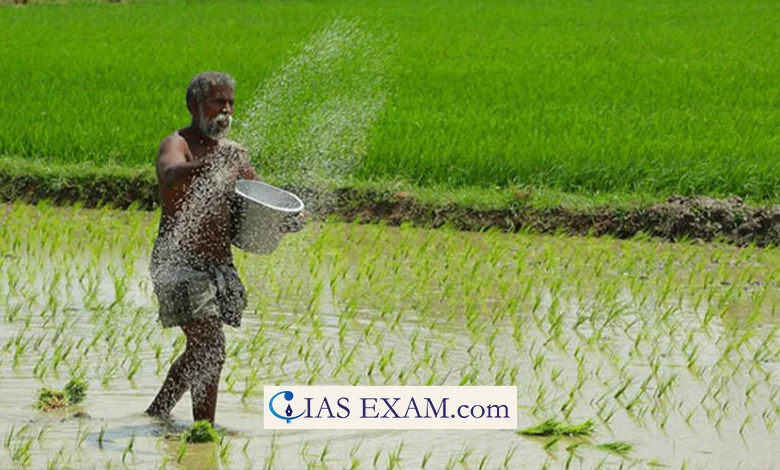
Context
The US and Australia have recently contended that India has provided sugarcane subsidy beyond the limits set out in the WTO’s Agreement on Agriculture (AoA), that may have distorted global trade.
Key Highlights
- The AoA is an international treaty of the World Trade Organisation (WTO), negotiated at some point of the Uruguay Round of the General Agreement on Tariffs and Trade.
- It entered into force with the establishment of the WTO on 1 January 1995.
- It consists of the class of subsidies by “boxes” relying on consequences of production and trade:
- Amber (most immediately related to manufacturing degrees),
- Blue (manufacturing-proscribing programmes that still distort alternate), and
- Green (minimum distortion).
- While bills in the amber field needed to be decreased, those in the inexperienced container were exempt from discount commitments.
- However, all should observe the fundamental requirement:
- To purpose not more than minimum distortion of trade or production, and
- Must be provided through a government-funded programme that does not contain transfers from customers or rate help to manufacturers.
The AoA Consists of Three Pillars
- Domestic support:
-
-
- AoA divides domestic help into two categories: trade-distorting and non-trade-distorting (or minimally change-distorting).
- The system currently allows Europe and the US to spend $380 billion a yr on agricultural subsidies.
- These subsidies grow to be flooding international markets with under-cost commodities, miserable costs, and undercutting producers in terrible nations, a practice called dumping.
- Market access: Market access refers to the reduction of tariff (or non-tariff) obstacles to trade by WTO participants. The AoA includes tariff reductions of:
- 36% average reduction— developed nations — with at least 15% according to-tariff line reduction in subsequent six years.
- 24% average reduction — developing international locations — with not less than 10% according to-tariff line reduction in subsequent ten years.
- Least developed countries (LDCs) had been exempt from tariff reductions. But they both needed to convert non-tariff barriers to tariffs or “bind” their tariffs, growing a ceiling that could not be expanded in future.
-
- Export subsidies:
-
- It requires developed countries to lessen export subsidies through at least 36% (with the aid of value) or through 21% (by volume) over six years.
- For developing countries, the agreement required cuts of 24% (by price) and 14% (by volume) over ten years.
Concerns Raised About India’s Sugarcane Subsidies
- US-Australia report
-
- It argued that in all of the 4 years (2018-19 to 2021-22) India’s sugar subsidies crossed 90% of the price of manufacturing against the permissible level of 10%.
- However, for calculating subsidy (Aggregate Measurement of Support [AMS]) level, the record referred to the methodology advocated by a WTO panel that had ruled against Indian sugar subsidies in 2021.
- AMS is a tradedistorting (amber box) subsidy. Since it distorts trade, the AMS is categorized as a ‘reducible’, ‘non permissible’ or ‘non-exempted’ subsidy.
- The AMS consists of two components—product-particular subsidies and non-product specific subsidies.
- Product-precise subsidy refers to the full level of help furnished for each person agricultural commodity. E.g., wheat AMS is the subsidy given specially to wheat.
- Non-product precise subsidy, refers to the overall level of guide given to the agricultural quarter as an entire, i.e., subsidies on inputs which include fertilizers, strength, irrigation, seeds, credit and many others.
India’s stand
-
- Each sugar season, India units the Fair and Remunerative Price (FRP) for sugarcane.
- The FRP is an administered cost that efficiently acts as a ground fee for sugar mills to pay farmers for sugarcane.
- In addition, farmers are paid premiums for increased manufacturing performance, and farmers in some States are eligible for extra payments via sugar mills beneath unique State-degree support, called State-Advised Prices (SAPs).
- In its attraction towards the WTO panel report of 2021, India argued that the panel had erred in finding that the country’s FRP and SAP constituted market charge help underneath the AoA.
- 2021 Panel Report couldn’t be adopted
-
- The US-Australia file said India’s attraction avoided the panel report from being followed by the WTO Dispute Settlement Body.
- As the Appellate Body of the WTO isn’t practical because of non-appointment of contributors, no choices on appeals may be taken until it begins functioning once more.
Source: The Indian Express





.png)
